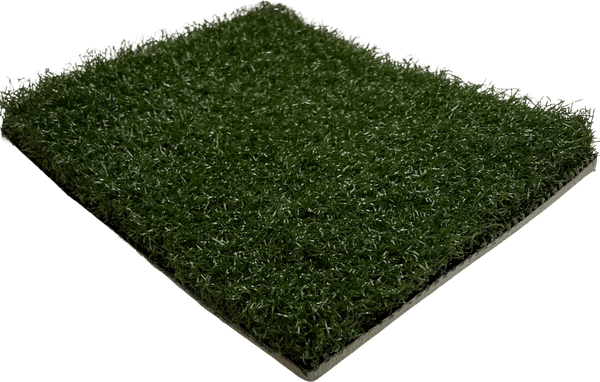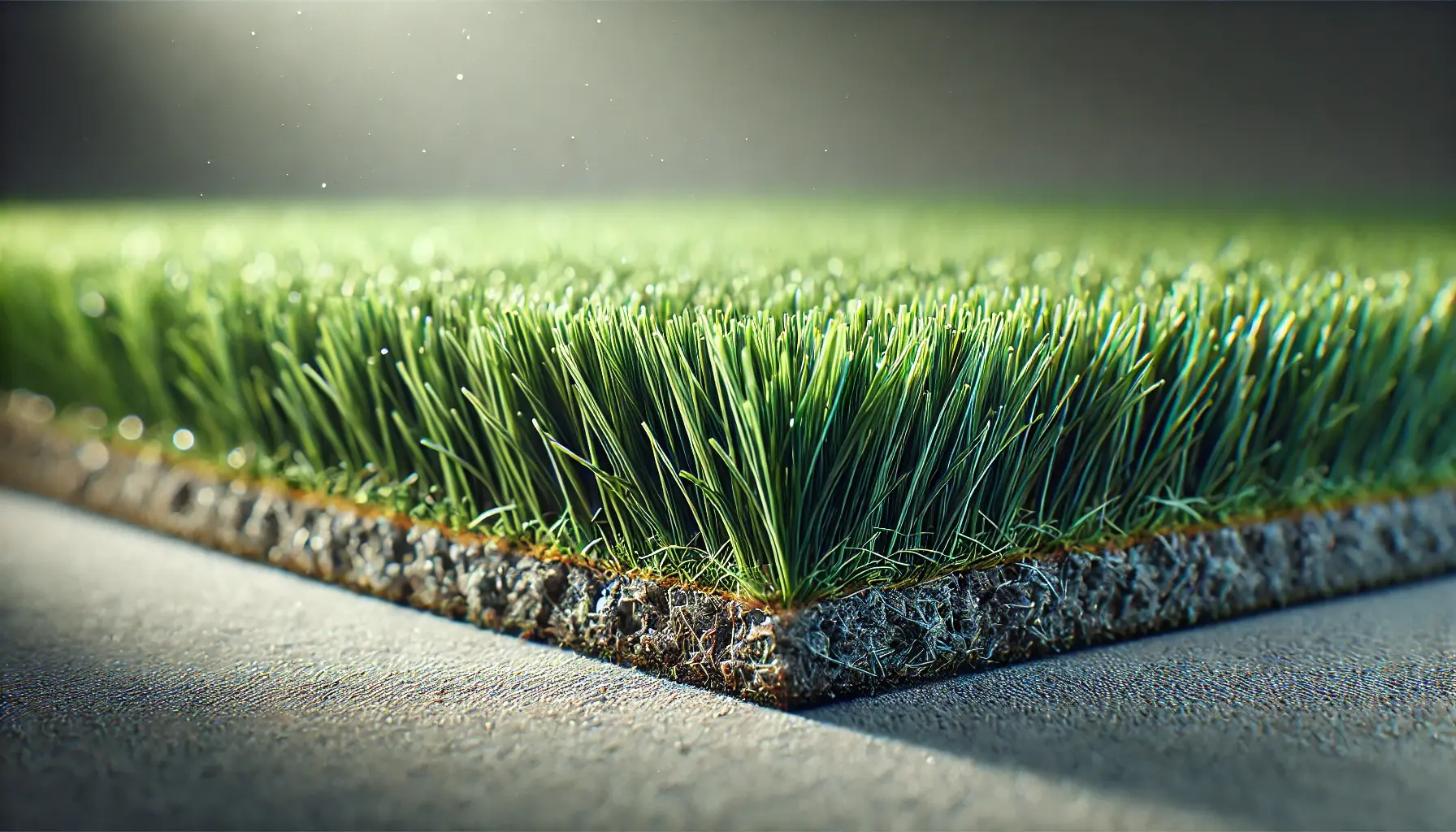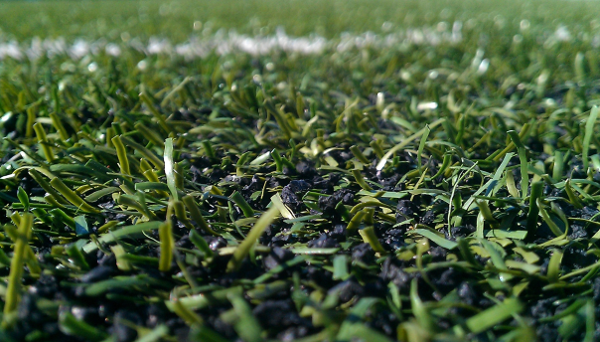Top-Grade Arizona Turf Solutions for a Stunning and Green Landscape
Wiki Article
Delve Into the Environmental Benefits of Opting for Artificial Lawn Solutions
The adoption of synthetic lawn services provides a compelling possibility to resolve pushing environmental obstacles. By substantially minimizing water usage and decreasing the application of harmful chemicals, these choices not just promote lasting landscaping yet additionally secure regional ecological communities. Furthermore, the reduced carbon impact connected with reduced upkeep activities adds to an extra sustainable approach to land management. Nevertheless, the ramifications of these advantages prolong past plain preservation initiatives, questioning concerning their long-lasting effect on environment preservation and overall ecological equilibrium. Checking out these measurements reveals an intricate interaction worth thinking about.Water Conservation Perks
One of one of the most substantial advantages of fabricated lawn is its ability to conserve water. Conventional turf lawns require substantial watering, specifically in areas susceptible to dry spell or water limitations. In contrast, man-made grass does not need watering, significantly minimizing the overall demand for water resources. This function is specifically helpful in deserts where water shortage is a pushing problem.By removing the requirement for regular watering, synthetic grass contributes to lasting landscape techniques and helps minimize the environmental effect of excessive water consumption. Additionally, the preservation of water encompasses the decrease of runoff, which can cause soil erosion and river air pollution.
Additionally, the installment of synthetic grass allows municipalities and house owners to allocate water resources extra effectively, focusing on important uses such as alcohol consumption water and agriculture. The change towards artificial turf not only advertises responsible water usage however also lines up with broader ecological objectives focused on preserving natural deposits.
As areas significantly focus on sustainability, the water preservation advantages of synthetic lawn present an engaging situation for its fostering in property and business landscaping jobs.
Lowered Chemical Usage
The change to artificial grass substantially decreases the dependence on chemical therapies frequently utilized in natural lawn upkeep. Traditional grass management commonly involves the application of herbicides, plant foods, and chemicals to promote development and control bugs. These chemicals can position risks to human wellness, regional wild animals, and the environment, adding to dirt and water contamination.In comparison, man-made turf removes the requirement for these harmful substances. By decreasing the launch of synthetic substances right into the ecosystem, fabricated turf promotes healthier soil and water systems.
Furthermore, the absence of chemical drainage related to synthetic grass installments helps shield regional rivers from pollution, supporting marine life and preserving biodiversity. Artificial turf companies phoenix. As areas progressively prioritize lasting methods, selecting man-made lawn provides a sensible solution that straightens with ecological conservation goals. Through this change, homeowner can delight in lavish green areas without endangering eco-friendly wellness, leading the way for an extra lasting future
Reduced Carbon Impact

Furthermore, the installment of synthetic grass can result in substantial water conservation. Natural grass call for considerable quantities of water for watering, which not just includes in the carbon footprint connected with water extraction and therapy yet also pressures regional water sources. In contrast, synthetic grass needs marginal upkeep, calling for no watering, therefore considerably decreasing water use and its connected energy prices.
Furthermore, the durability of synthetic grass adds to its lower carbon effect. With a life expectancy of approximately 15 years or more, the requirement for constant substitutes is decreased, resulting in less waste and reduced energy intake in production Artificial turf companies phoenix and disposing of standard grass options. Overall, artificial turf provides a sustainable alternative for environmentally conscious landscape design.
Environment Preservation
Environment preservation is an essential consideration in the discussion over landscape design choices, specifically when comparing synthetic lawn to all-natural turf. All-natural turf lawns usually require extensive upkeep, consisting of using pesticides, fertilizers, and herbicides, which can detrimentally impact neighborhood communities. These chemicals can leach right into the soil and waterways, harming native plants and animals and disrupting neighborhood habitats.
Synthetic lawn gets rid of the requirement for damaging chemicals, thereby protecting neighboring wild animals and maintaining the honesty of surrounding environments. The setup of artificial lawn can lead to the conversion of former turf areas into even more biodiverse landscapes, such as pollinator yards or indigenous plant locations, which can support regional wildlife.
Ultimately, the change to man-made lawn not only conserves water and decreases upkeep efforts but also fosters a more unified partnership in between human tasks and the natural environment, promoting environment preservation in the procedure.
Long-Term Sustainability
Lasting sustainability is a vital aspect in examining the benefits of artificial find out here now grass over typical yard yards. One of one of the most significant advantages of synthetic grass is its durability; it can last up to 15-20 years with minimal maintenance, whereas all-natural grass requires constant reseeding and substitute. This durability reduces the requirement for continuous sources, such as water, plant foods, and chemicals, which are important for keeping a healthy turf lawn.Additionally, synthetic grass contributes to a decrease in carbon emissions linked with grass care devices. Traditional yards often require gas-powered lawn mowers, leaners, and blowers, every one of which add to air contamination. Phoenix turf companies. In contrast, synthetic grass eliminates the demand for such tools, advertising a cleaner environment
Additionally, the manufacturing of synthetic grass significantly utilizes recycled materials, enhancing its sustainability profile. As manufacturers take on environment-friendly methods, the environmental impact of synthetic grass remains to lessen.

Conclusion
The fostering of synthetic grass services provides considerable ecological advantages, including considerable water conservation, decreased dependence on damaging chemicals, and a lower carbon impact. Furthermore, synthetic grass aids in maintaining natural habitats by reducing land disturbance and advertising long-term sustainability with the use of sturdy materials. Jointly, these elements emphasize the capacity of artificial turf to contribute positively to ecological health and use a viable option to traditional landscape design methods in an increasingly resource-conscious world.In comparison, artificial grass does not need watering, dramatically lowering the total demand for water resources. By minimizing the launch of synthetic substances right into the ecosystem, synthetic turf advertises healthier dirt and water systems.
Additionally, the installment of man-made turf can result in significant water conservation. In contrast, man-made grass requires minimal upkeep, needing no watering, therefore dramatically decreasing water use and its associated power prices.

Report this wiki page